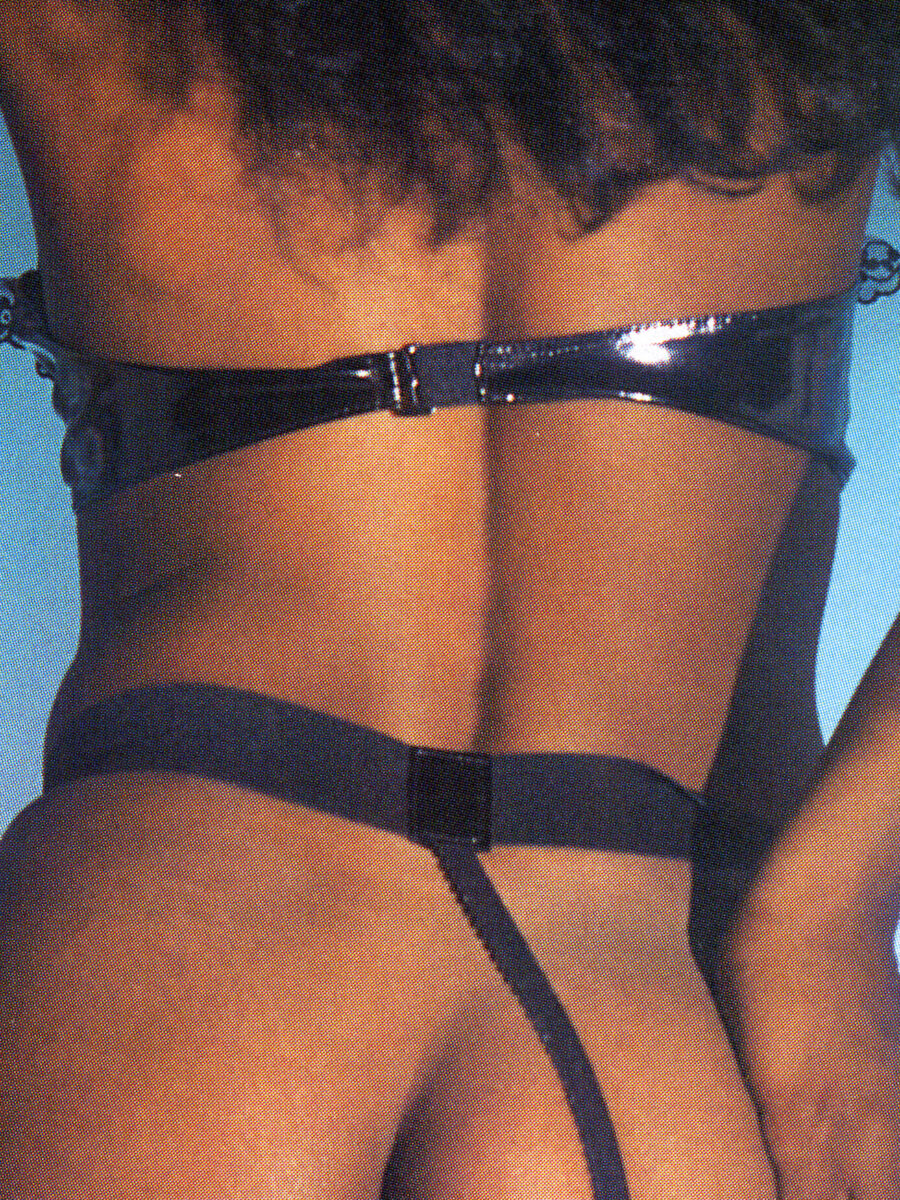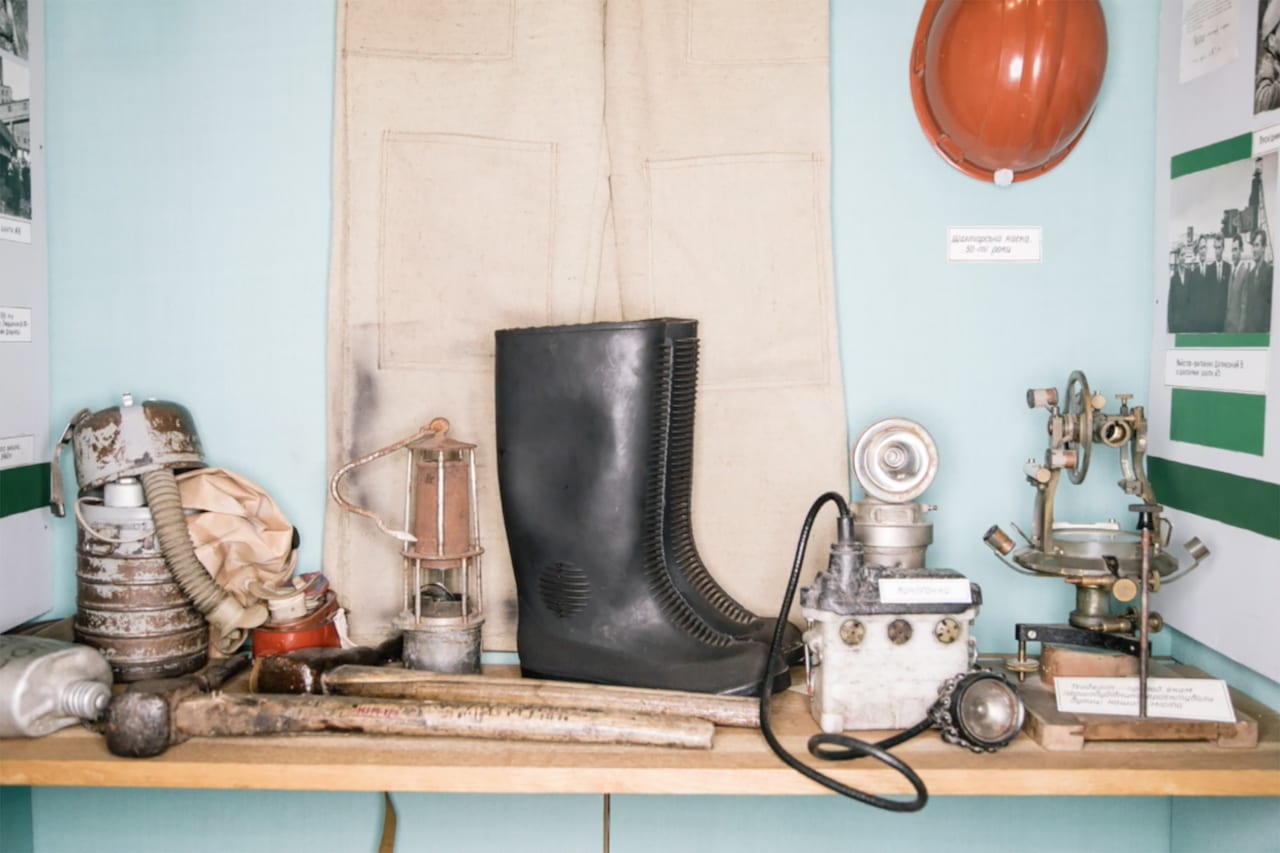The Canadian One to Watch re-appropriates images from 1970s Black men’s magazines to skewer today’s anti-pornography sentiment


The Canadian One to Watch re-appropriates images from 1970s Black men’s magazines to skewer today’s anti-pornography sentiment

The photographer and filmmaker’s first personal body of work revisits experiences from his upbringing as a Black child in a predominantly white environment

In 1989, a record number of 71,000 Soviet Jews were granted exodus from the USSR after a century of radical changes, fuelled by a wave of anti-semitism. Between 1988 and 2010 over 1.6 million Jews left the territory of the former Soviet Union, most of them settling in Israel but others heading for Germany, Canada, Australia, and the United States.
Irina Rozovsky was seven years old when her family fled from Russia to America in 1988. “It’s ironic in retrospect,” she says. “The USSR was a closed up place where Jews were discriminated against; in the end we were the ones that got to leave and seek out a better life. It was like winning the lottery.”
Rozovsky, now 37, lives in Georgia, US, with her husband and two-year-old daughter. “In my work I’m always circling back to the beginning of things, which for me is leaving one place and settling in another, adapting to a new life,” she says. “My photographs are not autobiographical, but I guess that history and the search for the familiar echoes in how I see. Not being able to see the place that you remember, I think that drives my photography.”

“Most people would walk by a dump pile and assume that there’s no picture there,” says global industrial landscape photographer Edward Burtynsky. “But there’s always a picture, you just have to go in there and find it.” Born in Canada in 1955, Burtynsky has been investigating human-altered landscapes in his artistic practice for over 35 years, capturing the sweeping views of nature altered by industry; from stone, to minerals, oil, transportation, and silicon. “Of course, it’s important to me to make sure that my pictures are attractive to the eye,” he says. “But beneath the surface there’s always a bigger, deeper environmental issue.”

With €10,000 up for grabs to realise a project, the Greenpeace Photo Award is a great opportunity – and this year, the public decides who wins. Run with support from Geo Magazine, an awards jury has shortlisted seven photographers to choose from, each from a different country and each working on a series with an environmental theme.
The public has until 31 October to vote on the winner; a further €10,000 will go to a second winner selected by the jury, which this year includes curator and lecturer Lars Willumeit, and Geo Magazine chief photo editor Lars Lindemann.
The shortlisted photographers are: Niels Ackermann (Switzerland); Magda Biernat (USA); Arko Datto (India); Niklas Grapatin (Germany); Katrin Koenning (Australia); Pablo Piovano (Argentina); and Ian Willms (Canada).